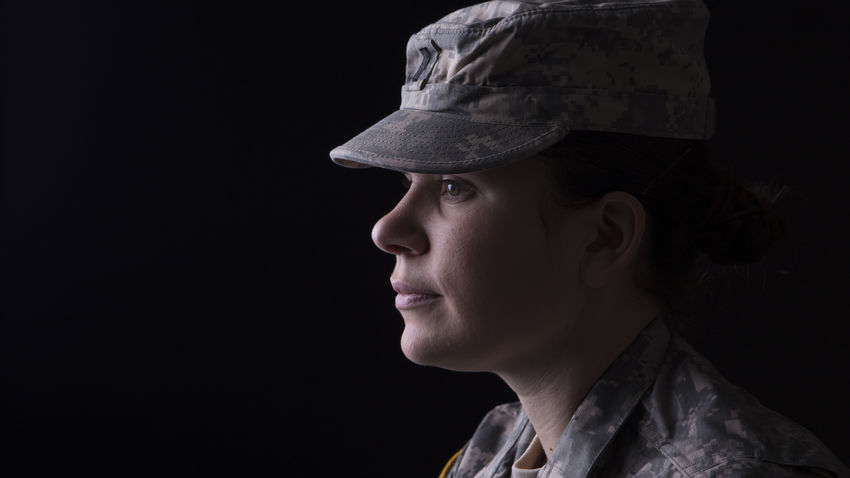
Suicide rates among military veterans in the United States are higher, and have been increasing more quickly, than those for non-veterans. At the same time, women represent the fastest-growing segment of the U.S. military veteran population, currently about 14%. Now, a first-of-its-kind study led by Melissa Dichter, associate professor in the School of Social Work, has examined how men and women veterans might face different ongoing mental health issues. The U.S. Department of Veterans Affairs (VA) granted the research team access to more than a million records from calls placed to the Veterans Crisis Line (VCL), a 24-hour telephone service that the VA established in 2007. With funding from the VA, Dichter’s research team analyzed a database of the calls logged by factors including gender, the reason for the call, and an assessment of suicide risk. Their report, “Gender differences in veterans' use of the Veterans Crisis Line” is published in the January-February 2022 issue of General Hospital Psychiatry.
“We were somewhat surprised that the women and men callers didn't look all that different from each other. There were more similarities than differences,” Dichter says. But the differences are revealing and important, she adds.
About 53% of the women indicated elevated suicide risk, versus 41% of men. Roughly 62% of women called for mental health issues, compared to 51% of the men. Women were more likely to call about intimate partner or sexual violence, while men were more likely to call about substance use and addiction. And just over 7% of the calls by women (versus under 1% for men) indicated military sexual trauma, a legally defined term used by the VA, as a reason why they called the VCL.
“Women veterans as a group have unique characteristics and needs,” Dichter says. “They’re younger than men. They are a minority in the military and out in the community, so finding other women veterans and having social support can be harder. Historically, women have this experience of going to the VA for a healthcare appointment, and someone will assume that they're there for their husband.”
In the male-dominated military, women may face harassment and sexual assault. Women veterans also experience more intimate partner violence in their lifetime than women who have not served in the military, Dichter notes. “These are all sources of psychological trauma that impact mental health, impact social well being, and increase suicide risk,” she says.
The researchers examined calls placed to the VCL in 2018 and 2019, filtering for those placed by veterans for themselves (rather than by a relative) and those where a gender was indicated. All callers are given a mandatory suicide risk assessment screening, asking three questions with yes/no response options: “Are you thinking of suicide?” “Have you thought of suicide in the last two months?” “Have you ever attempted to end your life?” The VA maintains call records for individuals, but the data had never before been examined in aggregate with these gender comparisons. After filtering, the research included 760,268 calls, about 15% from women and 85% from men.
The study will contain two more phases: one examining suicide related outcomes (deaths and attempts) in 12 months following the calls and another looking at VCL call data from 2020 to explore the effect of COVID-19.
The study points to the need for gender-specific approaches to mental health for military veterans, Dichter says. Many such programs are in place now. Every VA Medical Center has a full-time women veterans program manager and is mandated to have a full-time intimate partner violence coordinator. A new executive order signed by President Biden in January establishes sexual harassment as a specific offense under the Uniform Code of Military Justice and stipulates that sexual harassment complaints must be handled through independent investigations.
“We want to continue to be sure to attend to gender-specific needs, so there are opportunities for more upstream intervention, and interventions for the kinds of things that people are calling the hotline for,” Dichter says. “The differences we see in the study show the need to pay particular attention to this population in research, and then in policy and practice.”
